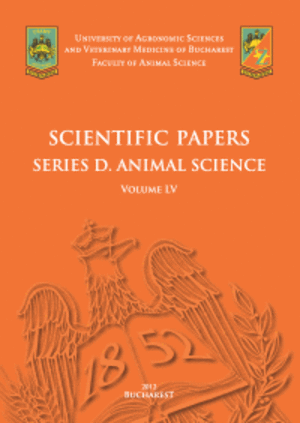Published in Scientific Papers. Series A. Agronomy, Vol. LX
Written by Horia-Victor HALMAJAN , Bogdan SITARU , Sorin DOSINESCU , Elena SURCA , Ionuț PETRE
Even though pedoclimate conditions in Romania are favourable for maize production (similar with Corn Belt), yield and annual gain yield are quite low. Starting with 1961, national average was only 9 times higher than 4 t/ha. This is also because the use of research results in production is low. Individual farmers from different regions, seed companies and APPR (Romanian Maize Growers Association), have organized field trials to compare hybrids and technology items such as plant density, fertilization and irrigation. This information has a major impact on maize yield at a regional scale because it is used by the APPR members and their neighbours. Maize yield is the combined effect of high-performance genetics (50% to 75% of total gain yield in Romania, according to Sarca et al., 2007) and modern technologies. On the fertile soils (such as in Orezu), hybrid ability to use water and nitrogen efficiently varies significantly among the varieties. One of the highest difference noticed was 5.496 kg/ha. The data obtained on Maize Days in Orezu have shown that high yield could be produced only with particular technologies for every combination of parcel (pedoclimatic conditions) and hybrid (genetic resources). To harvest high yields, farmers must create themselves adapted technologies for each parcel and type of hybrid
[Read full article] [Citation]




